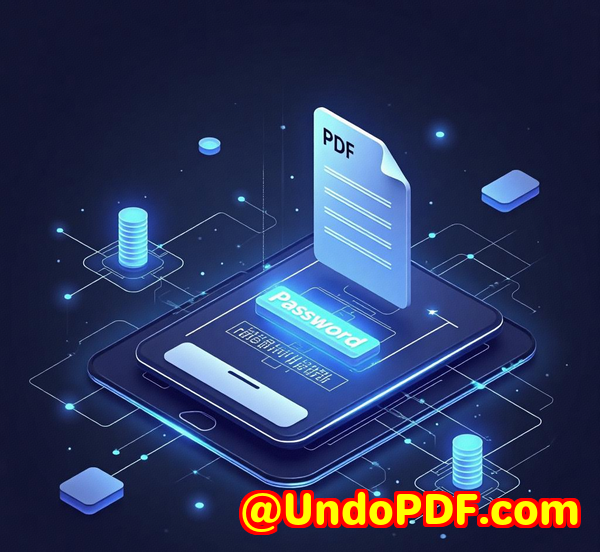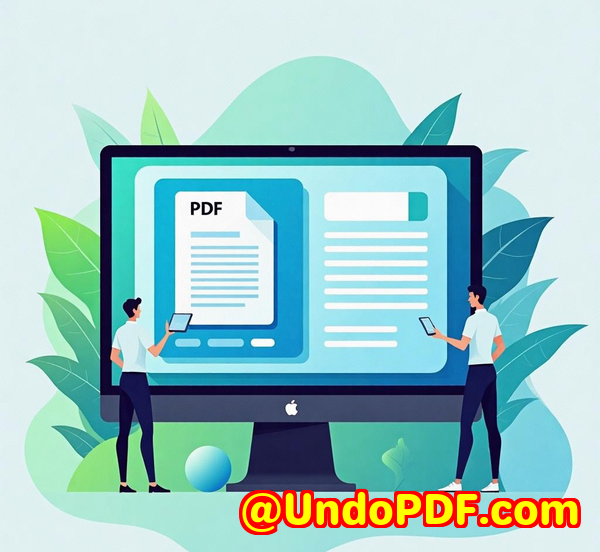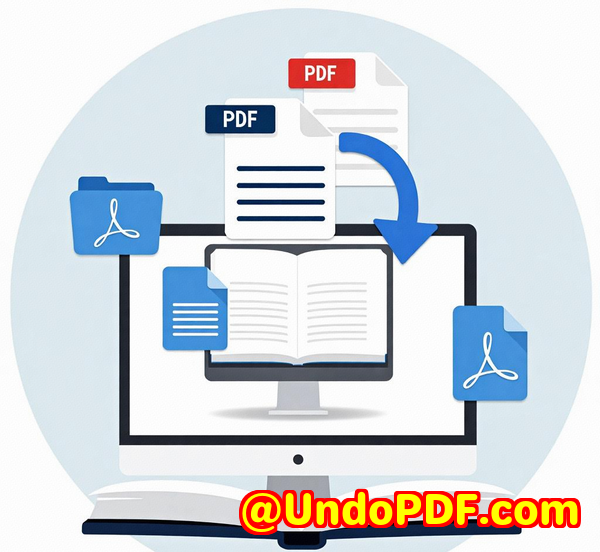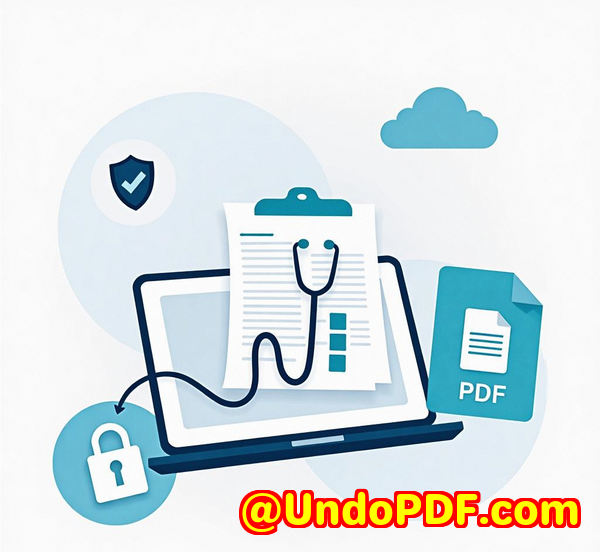Secure your PDF overlays with digital watermarks and usage metadata tags
Secure your PDF overlays with digital watermarks and usage metadata tags
Every time I needed to send out official documents or reports, I worried about how easily they could be altered or misused once they left my hands. Adding watermarks or branded headers seemed simple enough, but finding a reliable way to do this without compromising print quality or workflow speed was a real headache. On top of that, I needed a way to track usage metadata so I knew exactly how and when my documents were handled. Sound familiar?

That’s where the VeryPDF PDF Overlay Command Line and SDK came in and totally changed the game for me. This tool made securing PDFs with digital watermarks and metadata tags not just feasible, but straightforward and bulletproof especially when working across different platforms and large batches of files.
What is the VeryPDF PDF Overlay SDK and who is it for?
If you’re a developer, IT professional, or part of a team that regularly handles official documentslegal firms, financial services, print centres, or educational institutionsthis SDK is built for you.
The core idea of PDF overlay is layering one PDF on top of another. Think of it like putting a translucent sheet over a paper with your company’s letterhead, or stamping “Confidential” in bold across your documents. Unlike just merging PDFs, overlaying preserves every visual element perfectly, keeping fonts crisp and images sharp.
VeryPDF’s solution is a standalone SDK and command-line tool that runs offline on Windows or Linux. No cloud needed, which means you keep everything secure within your own infrastructure. It’s fast, flexible, and designed for real-world workflows from adding watermarks to stamping legal disclaimers dynamically, right down to batch processing thousands of documents without breaking a sweat.
How I used VeryPDF PDF Overlay and what stood out
I first tested the VeryPDF overlay SDK when my team had to prepare thousands of client reports for a legal audit. We needed to apply a specific company letterhead, a dynamic watermark with the date and “Confidential,” and embed metadata tags to track usage all without slowing down the delivery pipeline.
Here’s what made a difference:
-
Standalone offline operation: No internet dependency meant we could run everything securely behind our firewall, which was a must-have for compliance reasons.
-
Preserves print-ready quality: I was amazed at how well the vector fonts and images held up after overlaying. No pixelation, no distortions just perfect professional documents.
-
Batch processing power: Running command-line scripts, I processed thousands of PDFs overnight without manual intervention. The ability to automate overlays and apply different layers conditionally saved us days of work.
-
Flexible positioning: We needed different overlays for different departments, sometimes adjusting watermark positions or switching between letterheads on the fly. The SDK’s support for custom coordinates and conditional overlays handled this smoothly.
-
Metadata tagging: Beyond just visuals, adding usage metadata tags gave us insight into how each document was processed, creating an audit trail that was invaluable during the review.
When I tried other tools before, I ran into problems like blurry watermarks, limited control over layering, or forced cloud processing that didn’t fit our security policies. VeryPDF’s overlay SDK felt designed with these real-world challenges in mind.
Why the VeryPDF PDF Overlay SDK stands out
No cloud or API lock-in: Many overlay tools rely on cloud services or APIs, which can be a no-go for sensitive documents. VeryPDF runs fully offline.
Cross-platform compatibility: Whether you’re on Windows Server or Linux, or need containerised deployment with Docker, this tool fits right in.
Developer-friendly interfaces: With both command-line and API options, integration into existing systems is painless. Use your preferred language Python, PHP, C#, Java to automate complex workflows.
Enterprise-grade control: Handle variable data printing, conditional overlays, and custom stamping easily. Perfect for teams needing precise control over branding and document security.
Where you can use it
-
Legal and financial services: Apply dynamic disclaimers, compliance stamps, or archival marks to protect sensitive documents.
-
Print centres and publishing: Overlay high-res templates or backgrounds to customer PDFs for flawless print output.
-
Education: Stamp “Sample Only” or “Confidential” on exams or digital textbooks to deter leaks.
-
Enterprise portals: Automatically add company letterheads and footers to outgoing invoices and reports.
-
Any document workflow requiring security: Adding usage metadata ensures you can track and audit document distribution.
My recommendation
If you deal with PDFs that need secure, professional overlays combined with metadata tracking, this SDK is worth every penny.
It saved my team hours on manual processing, kept our documents crisp and print-ready, and gave us peace of mind knowing our confidential info was protected. I’d recommend it to developers, document control managers, and IT pros looking for a flexible, high-quality PDF overlay solution without the headaches of cloud dependence or poor output quality.
Start your free trial now and boost your document security and productivity: https://www.verypdf.com/
Custom Development Services by VeryPDF
VeryPDF isn’t just about out-of-the-box tools. They offer custom development services tailored to your specific technical needs.
Whether you’re working on Linux, macOS, Windows, or server environments, they can build PDF processing utilities using technologies like Python, PHP, C/C++, Windows API, JavaScript, .NET, and more.
They specialise in creating virtual printer drivers, print job capture tools, and document interception utilities that convert print jobs into PDF, EMF, TIFF, or PCL formats.
Their expertise extends to OCR, barcode recognition, layout analysis, and secure PDF technologies perfect for businesses needing bespoke document management or conversion solutions.
Reach out through their support centre at https://support.verypdf.com/ to discuss your project.
FAQ
1. Can I use the VeryPDF PDF Overlay SDK without internet access?
Absolutely. The SDK is designed to run entirely offline, ensuring your document workflows remain secure and uninterrupted.
2. Does the SDK support batch processing?
Yes, it can handle thousands of documents in automated batch jobs using command-line scripting or API calls.
3. What platforms does the SDK support?
It runs on Windows and Linux, including server versions, and can be containerised with Docker.
4. Can I add dynamic watermarks or metadata based on document content?
Yes, the SDK supports conditional overlays and customizable metadata tagging to fit complex workflows.
5. Is there developer documentation and support included?
Yes, with the commercial license, you get comprehensive documentation, sample projects, and one year of technical support.
Tags / Keywords
-
PDF overlay command line
-
digital watermarks for PDFs
-
PDF metadata tagging
-
batch PDF processing
-
secure PDF overlays
-
VeryPDF PDF Overlay SDK
-
document security tools
-
offline PDF watermarking



